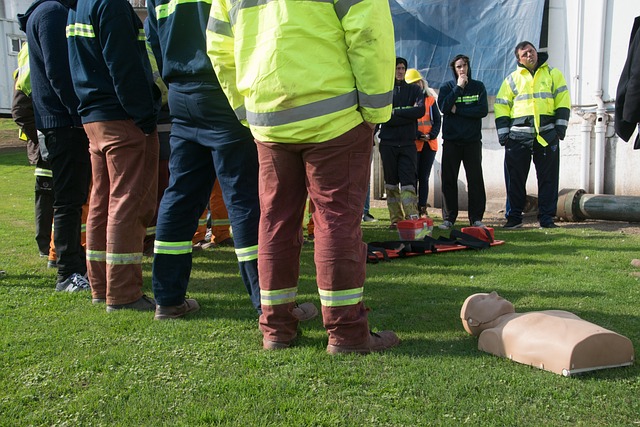Roster Design and Workload Matching for Field Care Crews
Effective roster design and workload matching help field care crews maintain turf, manage irrigation, and respond to seasonal demands while protecting staff safety and equipment. This short summary highlights practical concerns managers face when aligning daily tasks, training needs, and inventory with varying site conditions.

A well-structured roster and accurate workload matching are central to consistent field care outcomes. Roster design goes beyond assigning shifts: it aligns individual skills, physical demands, and available equipment with the changing needs of turf and landscape systems. Good matching reduces overtime, improves safety, and helps crews respond to irrigation cycles, pest pressure, and seasonal fertilizer or soil treatments. Planning must account for training levels, ergonomics, and inventory availability so that daily tasks are realistic and prioritized according to site-specific conditions.
Turf and soil management
Crew rosters should reflect the soil and turf work that needs to be completed during each season. Tasks such as aeration, topdressing, and overseeding are labor- and equipment-intensive and are best scheduled when soil moisture and temperature are appropriate. Assigning team members with turf-specific experience to these shifts improves efficiency and protects turf health. Monitoring soil conditions can also inform short-term workload adjustments—for example, delaying heavy operations after rainfall to avoid compaction and equipment downtime.
Irrigation and seasonality
Irrigation timing often dictates daily priorities: crews may need to check heads, flush lines, or respond to leaks before mowing and fertilizing. Roster planning that accounts for seasonality helps match labor supply to peak irrigation and growing periods. During dry seasons, more staff time may be needed for irrigation monitoring and manual interventions; during wet periods, crews can focus on drainage and erosion control. Linking irrigation schedules with crew assignments reduces conflicts between watering and other turf activities.
Scheduling and workload matching
Effective scheduling uses task-based estimates rather than uniform shift blocks. Break larger projects into defined tasks with time budgets, then match those tasks to crew skills and crew sizes. Use historical data on how long mowing, edging, or pest inspections take under different conditions to refine schedules. Cross-training team members increases flexibility and allows managers to redeploy staff quickly when urgent work—like storm cleanup or unexpected pest outbreaks—arises.
Equipment and inventory control
Rosters must reflect equipment availability and maintenance cycles. Large tasks requiring specific machinery should only be scheduled when that equipment is serviced and fueled, and when spare parts or inventory items (blades, belts, filters) are on hand. Integrating inventory checks into recurring shifts reduces last-minute rescheduling. Consider pairing less experienced operators with seasoned technicians for machinery-heavy shifts to maintain safety and reduce wear on equipment.
Safety, ergonomics, and training
Workload matching needs to factor in physical demands: repetitive lifting, prolonged bending, and heavy machinery operation all influence who should be assigned to particular tasks. Ergonomics-aware rostering rotates assignments to reduce musculoskeletal risk and schedules breaks around the most demanding periods. Ensure rosters include time for routine safety briefings and task-specific training so that crews stay current with safe handling of fertilizers, pesticides, and powered equipment.
Pest management and fertilizers
Pest pressure and nutrient programs are often cyclical and require targeted interventions. Scheduling regular scouting shifts allows crews to detect pest or disease issues early and to match treatment tasks—such as spot spraying or targeted fertilizer applications—to staff with the right certification and training. Properly timed fertilizer and pest-management tasks avoid conflicts with irrigation events and reduce chemical exposure risks for crews, while maintaining turf vigor.
Roster design is most effective when it is data-informed, flexible, and responsive to site conditions. Use simple records of task durations, equipment downtime, irrigation cycles, and seasonal peaks to refine future schedules. Cross-training, inventory planning, and attention to ergonomics and safety create rosters that protect both crew wellbeing and turf quality. By matching workload to skills and conditions rather than sticking to static shift templates, managers can improve consistency and resilience across changing seasons and site demands.






